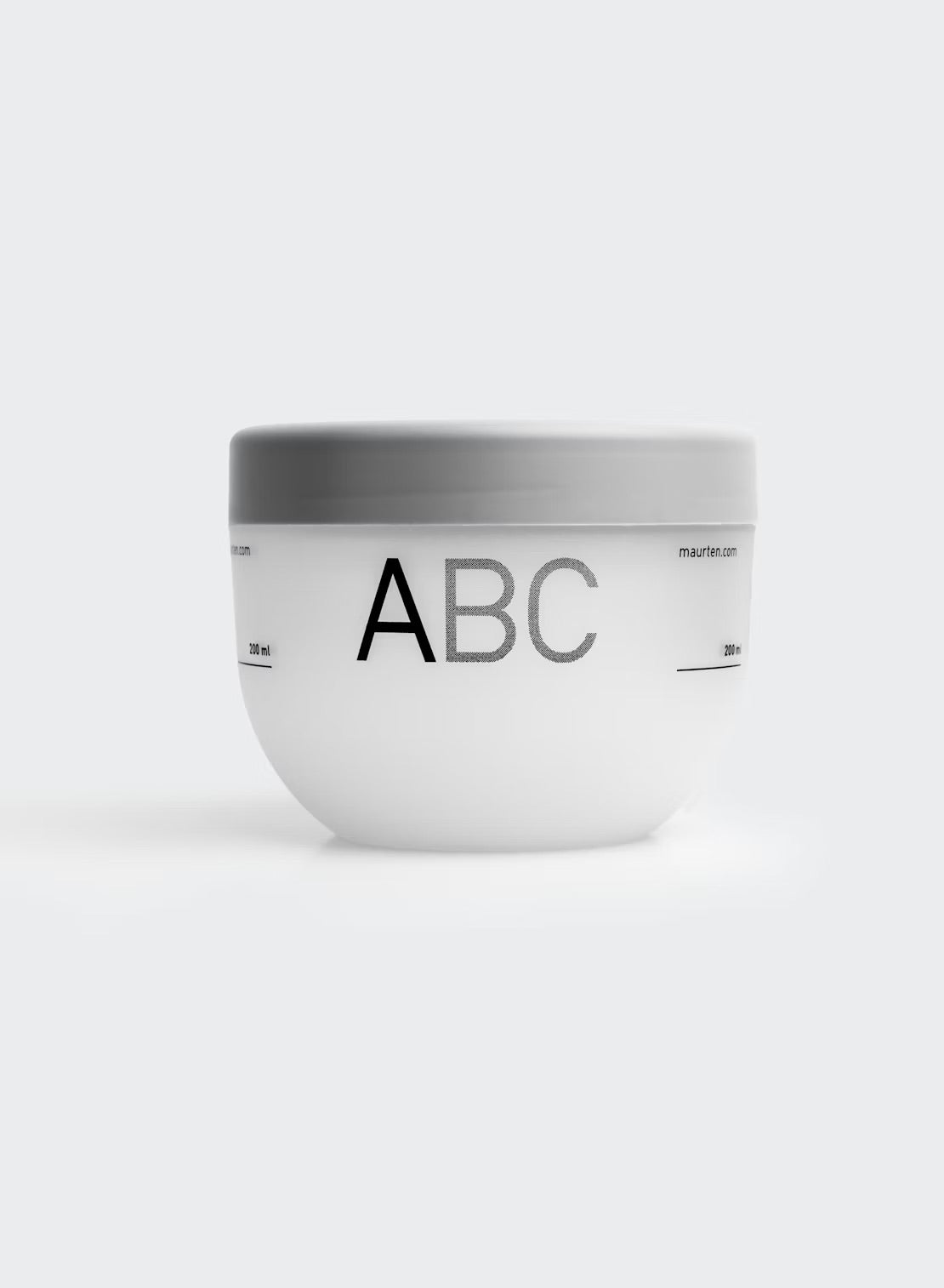Maurten Fuel Guides

How to fuel
Fuel Guides are written for specific sessions — to maximize the adaptations from carefully structured training. Single sessions often represent stepping stones and incremental progress on a longer journey towards a goal. Whether an athlete is training three times each week or several times every day, it’s important to apply an appropriate strategy for the aims of the individual. An isolated session is nothing without planning the long-term training load.
The following guidelines outline fueling strategies for common training sessions and race plans. A fuel guide is highly personal. Use this information as reference only to fuel your training and racing better.
Sports fuel is supported by science and works alongside real food — not as a replacement. Some Fuel Guides — longer or more intense — rely heavily on the specific composition of sports nutrition. Others less so.

